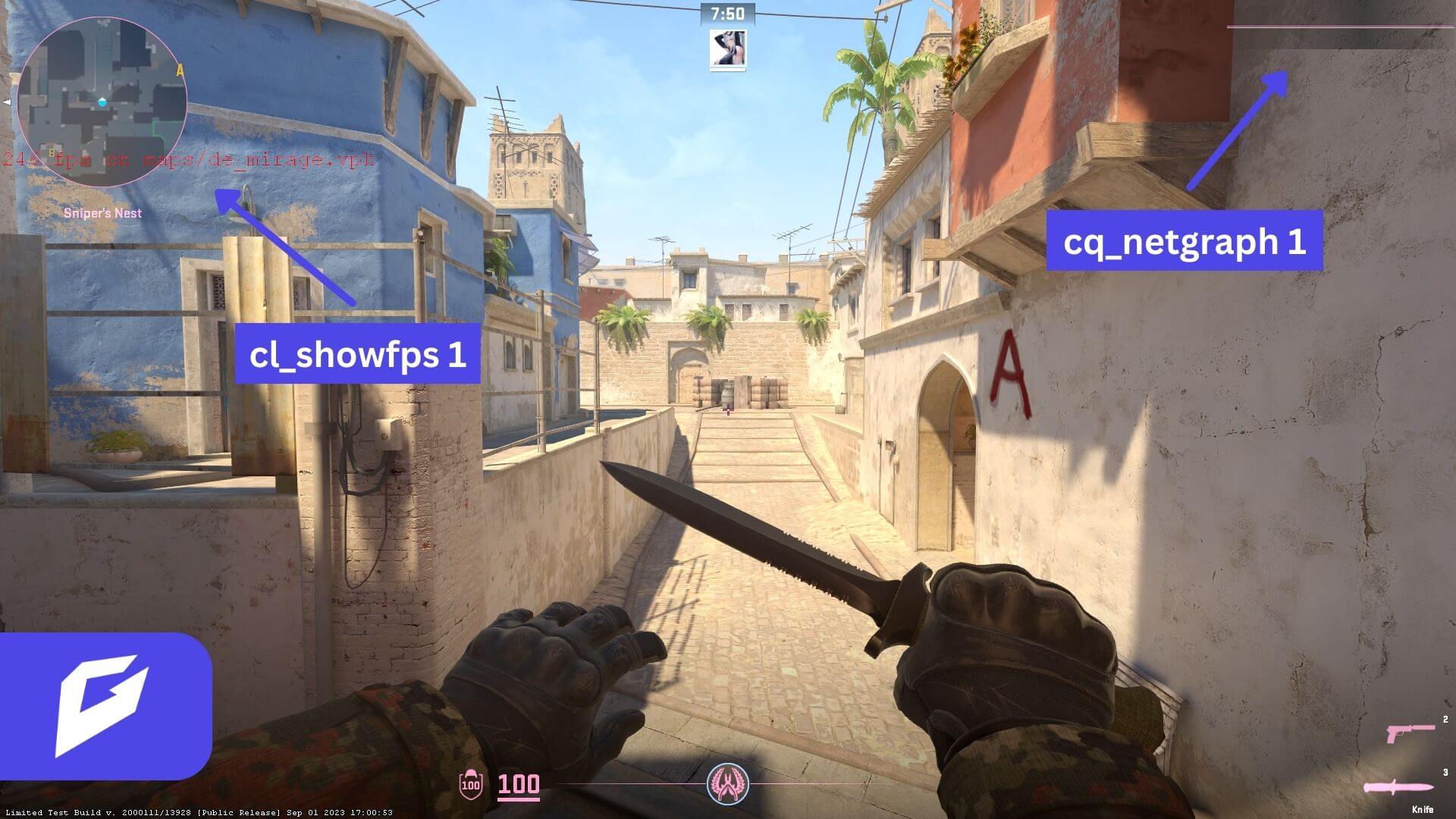Capturing Moments
Your go-to blog for photography tips and inspiration.
Killing Your Team: The Price You Pay for CS2 Teamkills
Discover the hidden costs of teamkills in CS2 and how they can sabotage your team's success. Don't let your gameplay suffer!
Understanding Teamkills in CS2: Causes and Consequences
Teamkills in CS2 are incidents where a player accidentally or intentionally eliminates a teammate. Understanding the causes of these events is crucial for fostering a positive gaming environment. Common causes include miscommunication, poor aim, and frustration during critical moments in a match. Players might inadvertently shoot their teammates while trying to defend against an enemy or may become upset during a losing streak, leading to aggressive actions against their own team. Additionally, the fast-paced nature of CS2 can exacerbate these situations, as quick reflexes often lead to mistakes when not communicating effectively.
The consequences of teamkills can be significant, affecting both individual players and overall team dynamics. For the player responsible for the teamkill, there may be immediate repercussions such as loss of trust from teammates, potential penalties from the game's reporting system, or even temporary bans. Furthermore, teamkills can disrupt the flow of the game, lead to negative morale, and affect strategy execution. Teams often rely on their members to work cohesively; frequent teamkills can break down that trust and lead to disorganization. It's essential for players to learn from these incidents to enhance cooperation and reduce toxicity within the CS2 community.

Counter-Strike is a popular team-based first-person shooter game that has captivated gamers for years. Players can enhance their gameplay experience by customizing settings, such as the viewmodel. For those looking to learn how to change viewmodel cs2, there are numerous guides available that provide step-by-step instructions. The strategic elements and teamwork involved in the game continue to draw in new players while keeping veterans engaged.
The Unseen Impact of Teamkills on Team Morale
The phenomenon of teamkills extends beyond just the immediate gameplay implications; it significantly affects team morale as well. When a player unintentionally eliminates a teammate, the consequences can ripple through the entire team's dynamics. Trust can be eroded, leading to increased tension and frustration among players. This often results in a rise in conflict and negative communication. Moreover, teamkills can create feelings of guilt for the perpetrator, which may inhibit their future performance and willingness to take calculated risks, further destabilizing the team's morale.
Addressing the impact of teamkills on team morale requires a multifaceted approach. Teams should cultivate a supportive environment where mistakes are seen as learning opportunities rather than sources of blame. Regular discussions, coupled with a focus on fostering camaraderie, can help mitigate the negative feelings associated with teamkills. Additionally, implementing strategies such as clearer communication and more defined roles within the team can prevent these incidents from occurring, preserving both performance and morale. Ultimately, understanding the unseen impacts of teamkills is essential for maintaining a positive and effective gaming environment.
How to Minimize Teamkills in Competitive CS2 Play
Minimizing teamkills in competitive CS2 play is critical for maintaining team morale and achieving success. One of the first steps is to establish clear communication within your team. Ensure that all players utilize voice chat or in-game messaging to call out positions, strategies, and alerts. This can help prevent misunderstandings that lead to accidental teamkills. Additionally, consider implementing a system of regular check-ins or quick strategy discussions between rounds to keep everyone on the same page.
Another effective strategy is to utilize game awareness tools, such as minimap pings or designated callouts. By encouraging players to frequently check their surroundings and announce their locations, the chances of friendly fire decrease significantly. Moreover, practicing patience and restraint during intense situations can help players avoid impulsive actions that may result in teamkills. Training sessions that focus on teamwork and coordination, rather than just individual skill, can also foster a more cohesive unit, thus reducing the likelihood of teamkills in competitive CS2.